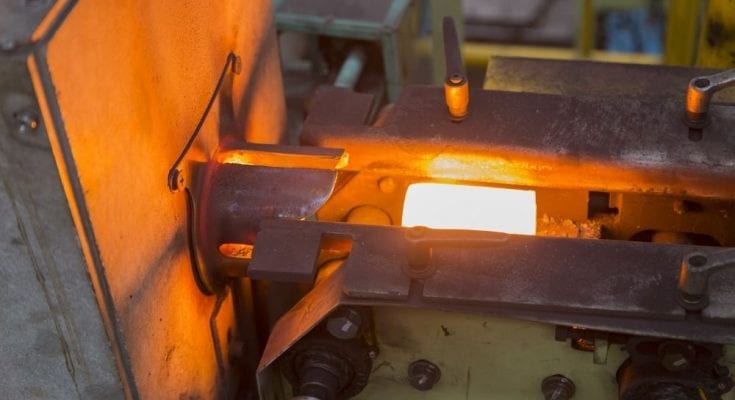Fire forms many of the products we use each day. Without the use of heat, industrial facilities couldn’t manufacture these items. While industrial heating methods depend on the specific industry and production scale, some standard mechanical processes connect them all. Read ahead about the most common industrial heating methods.
Convection Heating
Much like residential ovens, convection heating systems in industrial settings rely on air to heat materials. Using gas or electric elements, convection heaters heat the air inside a circulation system. An internal fan blows this hot air through the chamber, diffusing the heat into the area around it. Engineers commonly use convection heating for liquid elements. It’s very effective, as technicians can closely monitor and manage the heat it puts out.
Conduction Heating
While it sounds like convection heating by name, conduction heating is quite different in reality. Conduction heat transfer occurs across solid objects. The heat source and the object at hand must touch so that their molecules can move one another. The molecular vibration of the conduction heating device transfers this heat to the cooler object, whose own molecules begin moving at rapid speeds. However, it takes time for the heat to move from the exterior, where the heat source is, to the object’s core.
Radiant Heat Transfer
Radiant heat transfer refers to the use of thermal radiation as an indirect heat source. Electromagnetic waves move through the surrounding air and the object nearby. This type of radiant heat transfer is the science behind induction heating.
Knowing about the most common industrial heating methods can help science students and mechanical engineers alike. When designing an industrial process, technicians must decide on the most efficient and effective ways to heat their raw materials. Only with the right tools and plans can an industrial plant perform at optimal capacity.



